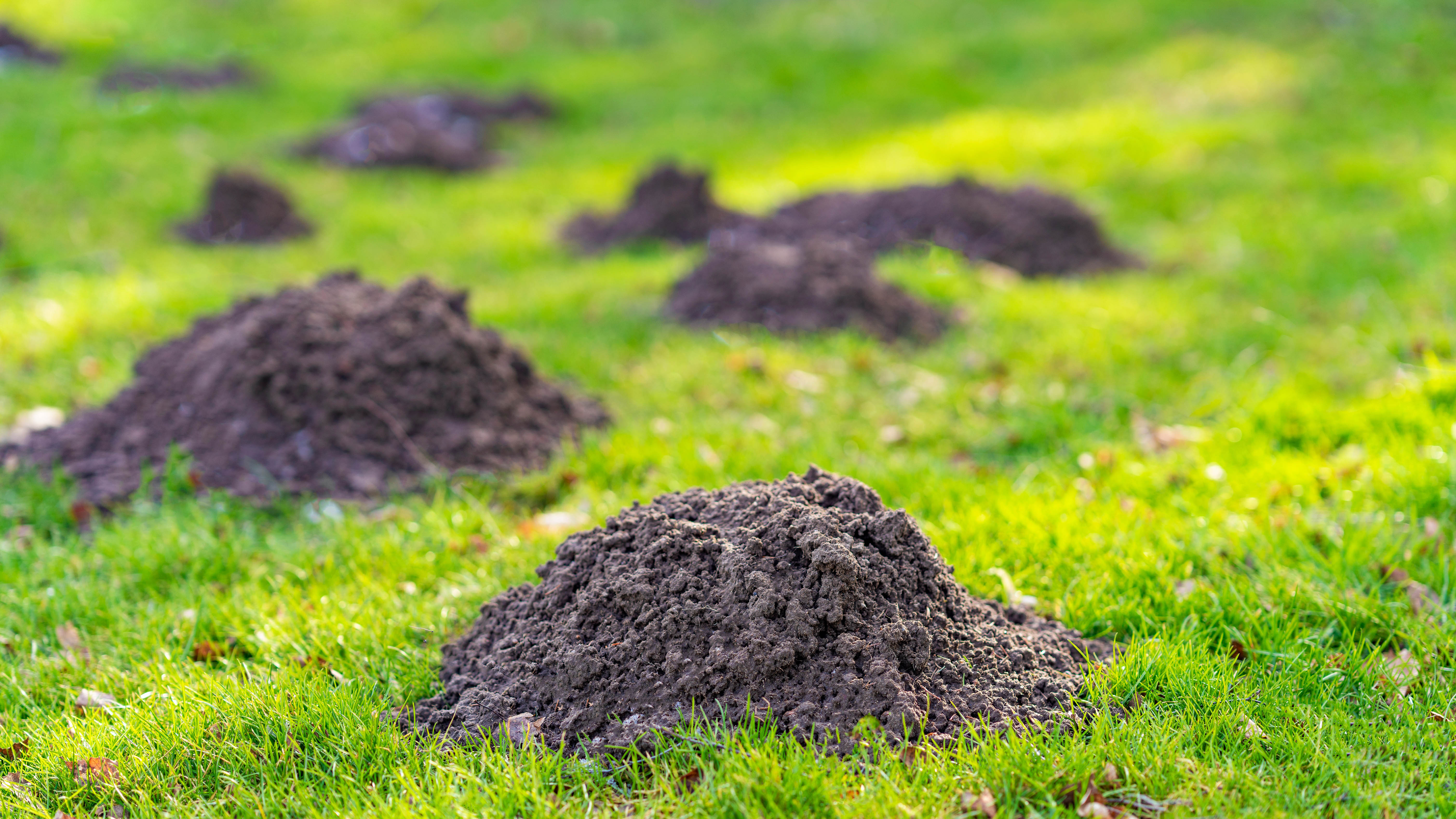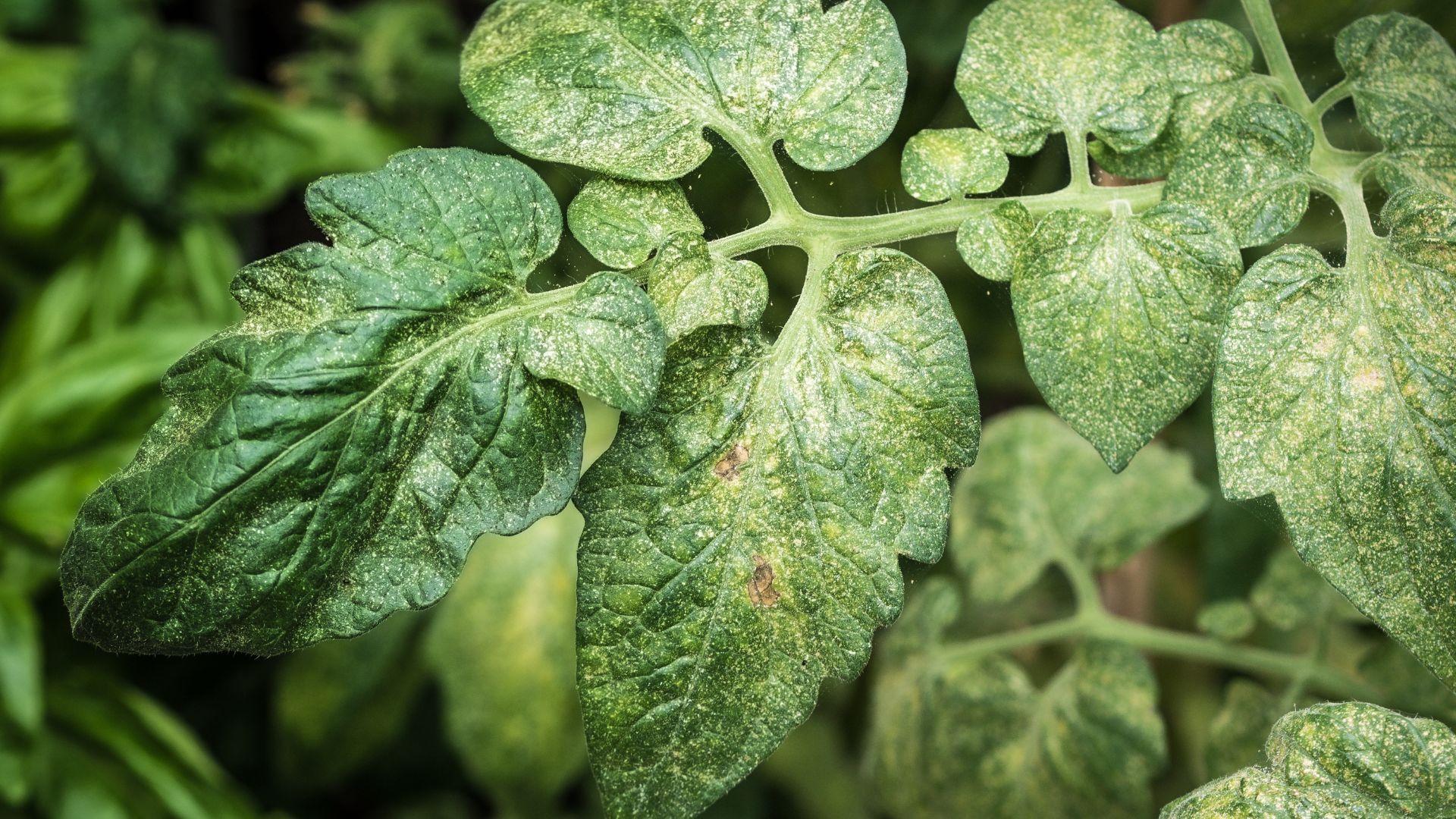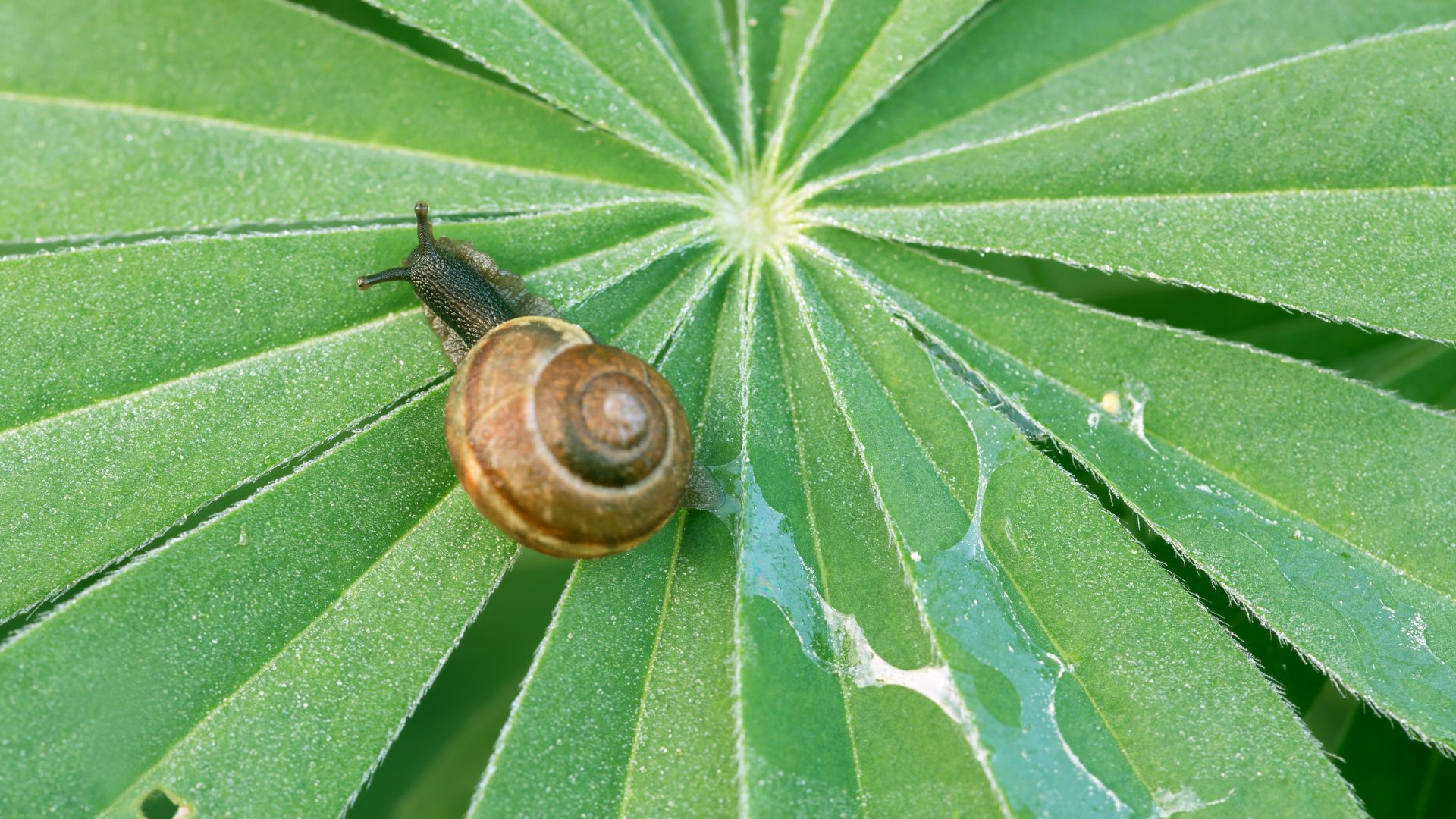9 tell-tale signs you have pests in your yard
Here’s how to tell if you’ve got a pest problem before it’s too late

Pests can strike any time of the year, but during those summer months, you need to be extra vigilant to prevent them from infiltrating your lovely outdoor areas. Your yard, for example, is a perfect spot for pests to gather. They’re attracted to plants, flowers, and even you.
You can choose pest-resistant plants, including slug resistant plants for your yard, you can ward off pests with helpful tips, and you can even use colors to repel mosquitoes, but despite your best efforts, pests have a sneaky way of overrunning. Some are more threatening than others to your yard, but pests can be any living thing that is harmful to your yard, and if left un-treated, they can cause serious damage.
Once your suspicions are confirmed, you’ll be keen to act fast so you can enjoy your yard in peace this spring. Fortunately, these 9 tell-tale signs will let you know you’ve got a pest problem before it gets out of hand.
1. A discolored lawn

The color of your lawn is the first surefire way of knowing if you’ve got pests. Pests love to hide in your grass, especially if it’s freshly cut or has a lovely thick layer of thatch. Grass that is nice and healthy is perfect for pests to feast upon, and in turn, destroy.
If you notice that your lawn is becoming discolored in areas, whether that’s a tell-tale brown or yellow, then your lawn may be dying as a result of pests. If you’re really unlucky, you may even be able to see the grubs and pests on the surface. Keep an eye on the signs that your lawn needs urgent repairs because the faster you respond to the problem, the easier it will be to tackle it. There’s ways to improve your soil for a healthier lawn, so if you do find pests, all is not lost.
2. Molehills

The common mole can be a real pest problem. You might consider pests to be more of the insect variant, but moles can cause real trouble in your yard and therefore fall under the same category. The way they tunnel under your lawn and dig upwards can wreak havoc on your yard. Luckily, there’s plenty of ways to get rid of moles, but if you want to know whether you need to rid your yard of moles, keep an eye out for molehills.
When moles emerge to the surface in your lawn, they’ll leave unsightly mounds of dirt behind. Depending on how big your problem is and how many moles have taken up residence in your yard, you’ll see differing numbers of molehills appearing. Moles enjoy feasting on bugs, so if you have one pest problem, there’s potential it could turn into another one. Keep an eye out and implement some ways to keep moles out of your yard in the first place.
Sign up to get the BEST of Tom's Guide direct to your inbox.
Get instant access to breaking news, the hottest reviews, great deals and helpful tips.
3. Holes in leaves

A really common way of telling if you have a pest problem in your yard is the appearance of holes in your leaves. Different pests cause different holes, but if you notice any holes, it’s quite certainly a pest issue. Japanese beetles most commonly are known for eating around the veins of your leaves, giving them a skeletal look. Slugs and snails will leave large holes and also slimy trails, which we’ll jump into later on in our list.
If you’re finding it hard to determine the culprit of your holey leaves, try visiting your yard at night with a flashlight as snails and slugs tend to carry out their damage under the cover of darkness. Grasshoppers and caterpillars are also destructive pests that may be causing the holes in your leaves.
4. Spotted leaves

While you may be planting disease-resistant plants in your yard, if you notice yellow or brown spots on your leaves you may have a spider mite problem. Spider mites bite into leaves and suck the sap out, which causes the discolored spots. They’re partial to over 200 species of plants and thrive in the hot summer months.
They’re also microscopic, which makes them hard to spot, but they leave behind a telltale sign. Keeping an eye out for mottled leaves is the best way to determine if you’ve got a pest problem and act on it.
5. Trails

There are two types of trails to look out for in your yard. One belongs to the common slug or snail which can quickly cause damage to a wide variety of yard plants by eating them. They secrete a slimy trail everywhere they go, so if you begin to notice shiny mucous trails around your yard, chances are you’ll need to protect your plants.
Another trail is from a mouse-looking rodent, the vole. Not to be confused with a mole, voles will also leave a disturbance in your yard, but you might have to look a little harder. Voles tunnel through your lawn leaving shallow trails or cracks across your grass. If you notice this in your lawn, you may well have a vole problem. Voles are most common during early springtime and will focus on damaging your small trees and shrubs, as well as your grass.
6. An abundance of birds (and ladybugs)

If you notice an abundance of birds in your yard then they may be visiting to feast on a pest problem. While pests can cause holes in your leaves, birds can cause holes in your lawn and if you notice more holes than normal, that’s another sign that they’re digging for something underneath.
Ladybugs may also be descending upon your yard because they love to eat aphids. Ladybugs themselves aren’t an issue as they’re natural predators to these pests, but seeing them is a great red (and black-spotted) warning sign that you’ve got unwanted yard visitors. There’s also ways to get rid of ladybugs, if they invade your home.
7. Results of a drench test
A surefire way of checking what’s hiding in your lawn is to perform a drench test. Simply put, you pour soapy water over an area of your grass and wait to see what pests float to the top of the solution. It’s recommended that for a good test, you should pour a gallon of soapy water onto a patch measuring roughly four square feet.
Depending on how many pests you find in your drench test, you’ll have a clearer idea of how infested your yard really is. It may be that you can tell just from looking at the surface of your lawn or at your plants, but if not, a drench test is a great option for discovering what is hiding beneath.
8. Getting bitten or stung

Pests don’t just want to take bites out of your plants. If you notice you’re getting bitten when you walk around your yard, there’s a strong chance that your yard has an infestation. There’s a wide range of pests that love to, unfortunately, feed on blood. Mosquitoes, mites, ticks, ants, and fleas could all potentially be hiding in your lawn waiting to bite or sting you.
If you begin to notice any new bite or sting marks, or an increase in either, it’s a tell-tale sign that you’ve got a pest problem. Most commonly, you’ll find the bite marks on your feet and ankles from walking through your yard at their level. There’s some great ways to get rid of mosquitoes in your yard, as well as what to avoid in your home to prevent an ant problem.
9. Sticky or sooty residue on plants

Aphids secrete a sticky, sugary substance called honeydew that, although sounds pleasant enough, actually causes mold growth as well as attracting ants. There’s ways to rid your yard of aphids and, as mentioned previously, if ladybugs have arrived in your yard en masse then they may be tackling the problem for you already. So, if you notice a stickiness to your plants, aphids may be the culprits. Mealybugs, whitefly, or mites also have a tendency to leave sticky solutions on your plants in their wake.
When it comes to sooty residue, that’s the mold that occurs as a coating from the sticky solution, which will weaken plant growth and eventually destroy your plants if left untreated. The natural ecosystem of your yard may deal with the pests, but you might have to get a bit more hands-on if you’re finding them becoming a larger problem.
More from Tom's Guide
Grace is a freelance journalist working across homes, lifestyle, gaming and entertainment. You'll find her writing for Tom's Guide, TechRadar, Space.com, and other sites. If she's not rearranging her furniture, decluttering her home, or relaxing in front of the latest streaming series, she'll be typing fervently about any of her much-loved hobbies and interests. To aid her writing, she loves to head down internet rabbit holes for an unprecedented amount of time.

